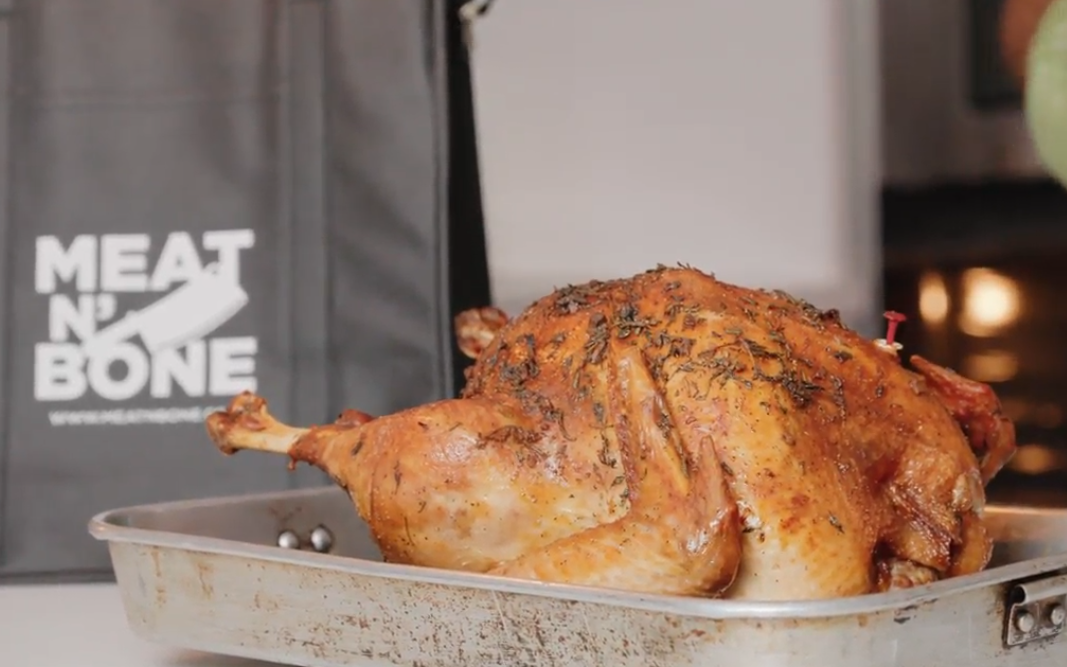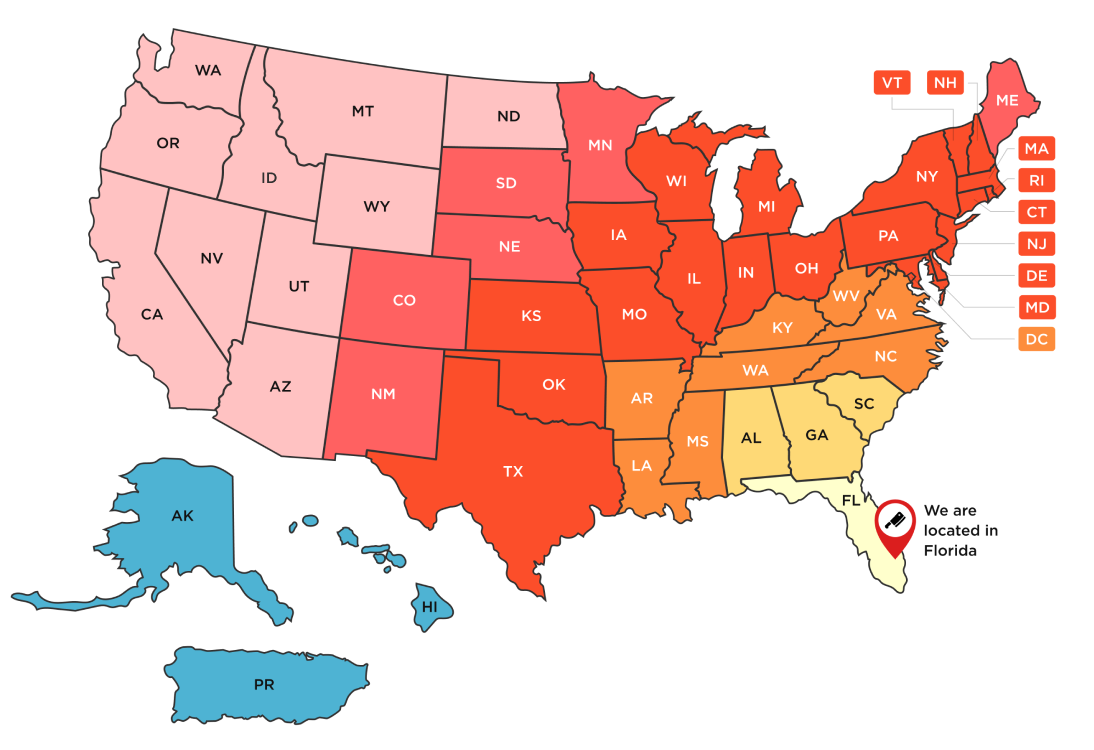
Turkey 101: The Turkey Guide You’ll Actually Read (and Use)
Turkey gets its big moment on Thanksgiving, but the truth is most of us only tackle it once a year—and that’s exactly why it feels intimidating. Cuts like Tomahawks are flashy and straightforward; turkey is a whole project. Still, when you choose the right bird and cook it with care, turkey can absolutely be the star of the table. Consider this your no-nonsense, hospitality-first guide.
What Are You Even Buying?

Start with size. Picture your table, your sides, your leftover plans. A simple rule works: about a pound and a half of raw turkey per guest. If your crowd loves next-day sandwiches (they will), lean closer to two pounds. If you’re running a sides-heavy feast with lighter eaters, you can shave that down a touch.
Fresh or frozen? Fresh has an edge in texture and aroma when you can get it, but it’s perishable—buy close to your cook date and from a shop you trust. Frozen is perfectly good if you plan ahead and thaw properly; many “fresh” birds outside the holidays are actually “previously frozen” and should be labeled that way. If your year only has one turkey in it, we prefer fresh. If life says frozen, frozen is fine—clock your thaw time and you’re golden.
Then there’s the alphabet soup on labels. Self-basting or “injected” birds are supermarket staples because they’re pumped with broth/saline and oils for guaranteed moisture. That convenience comes with a softer, sometimes spongy texture. If you buy one of these, skip any additional brine—it’s already done. “All-natural” turkeys are minimally processed and raised without animal by-product feed or growth promotants; they take well to a dry brine and reward you with clean flavor. Organic birds go a step further with organic feed and the usual “no antibiotics” standard; they cost more but deliver consistent results. Heritage turkeys—old-school breeds—have darker legs, leaner breasts, and deeper flavor. They’re fantastic for cooks who like character and don’t mind minding the thermometer. Kosher turkeys are salted as part of the koshering process, which essentially pre-brines them; season thoughtfully and you’re set.
Do “Happy Turkeys” Matter?
Raising practices show up on the plate. Birds with room to move develop better texture and, often, more flavor. Look for transparent, hands-on farming. That’s why we love our Amish family–raised turkeys from Troy, Michigan. They’re raised in clean, naturally ventilated barns with free access to feed and water, never crowded or stressed. The diet is vegetable-based (corn and soy), with no animal by-products or artificial ingredients. There are no added hormones (none are permitted in U.S. poultry) or steroids—just attentive husbandry from farmers who take pride in their craft. Think of them as the “Wagyu of turkey”: not the cheapest bird in the case, not the most expensive either, but consistently excellent—flavorful, juicy, and a pleasure to carve.

Thawing Without Drama
Refrigerator thawing is the stress-free route. Budget about a full day for every four to five pounds. That means a 12-pounder needs roughly three days; a 20-pound bird needs about five. Keep it in a rimmed pan to catch drips and let the fridge do the work. If you’re behind schedule, you can do a cold-water thaw with the bird sealed and fully submerged, changing the water every 30 minutes. It’s faster—but once it’s thawed, it should go straight to the oven.
Brine, Season, Roast
Brining is insurance for juiciness—unless your bird is kosher or self-basting. For natural, organic, Amish, or heritage birds, a dry brine is simple and effective: sprinkle a measured amount of kosher salt over the bird (and under the skin on the breast if you’re comfortable), then let it rest uncovered in the fridge for a day or two. The skin dries, the seasoning penetrates, and you get that prized bronzed finish.
Roasting should be boring—in the best way. Set the oven to 325°F and give yourself roughly 13–15 minutes per pound, though the clock isn’t the boss here—the thermometer is. Start checking earlier than you think. Pull the turkey when the breast hits about 160–162°F; carryover heat will carry it to the USDA-recommended 165°F while it rests. The dark meat is happiest around 175–185°F. Tent it with foil and rest for half an hour (longer for bigger birds). That rest time is where the juices redistribute and the carving gets easy.
Want to tighten the timeline and even out doneness? Spatchcock (butterfly) the turkey by removing the backbone and flattening the bird. It roasts faster and brings the legs and breast to perfect at nearly the same time—especially helpful with heritage breeds.
Gravy, Carving, and the Victory Lap
Pan drippings plus stock equals gravy; a splash of the resting juices ties it to your bird. Carve by removing the legs first, then the breasts in whole lobes, and slice against the grain. Save the carcass. The stock you’ll get is liquid gold, and tomorrow’s soup will thank you.
Why We Recommend Amish Turkeys
Great ingredients make great cooking easier. Our Amish turkeys reflect thoughtful raising, consistent feed, and gentle handling. That’s why we feature them every year: the flavor is round and savory, the texture stays juicy, and the eating experience feels like a celebration—exactly what a holiday bird should be.
If you want the short answer to “What should I buy?” it’s this: an Amish, fresh turkey sized to your guest list; dry-brined for a day or two; roasted calmly with a thermometer; rested well; carved with confidence. That combination delivers every time.
Ready to cook your best turkey yet?
Don't forget the sides
Order your bird (and the gravy, cranberry, rubs, and sides to match) at meatnbone.com. Or swing by our boutiques in Miami, Orlando, Tampa, Wellington, Hallandale, Coral Springs, Pinecrest, or Oakland Park.
← Older Post Newer Post →








